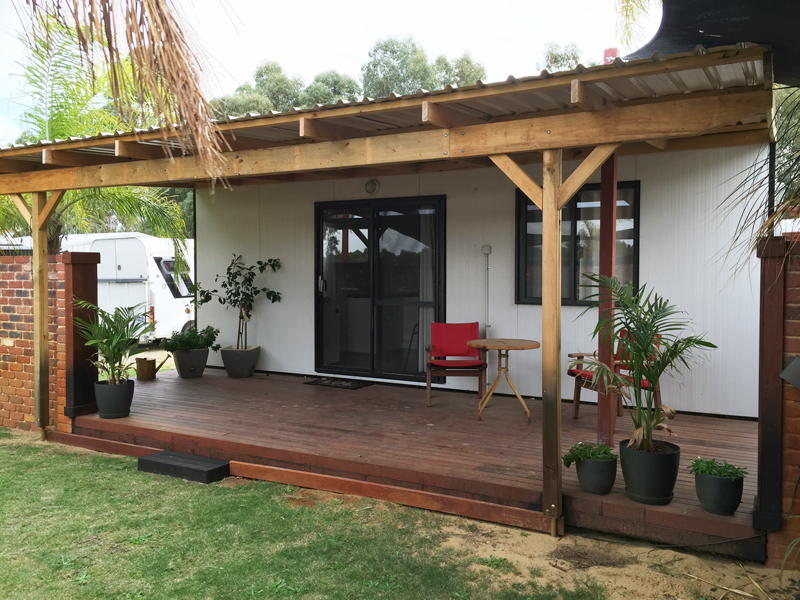California Legalizes Granny Flats
‘Accessory Dwelling Units’ Can Be Attached or Separate from Main House

California is facing a severe housing shortage. One solution is to encourage greater housing density, but such a strategy often generates heated exchanges between neighbors, especially among those who hold sharply differing viewpoints. As of the beginning of this year, a new California law went into effect that will now allow small second residential units on single-family lots. The goal is not only to create more housing but also more affordable housing.
What is the framework for these new accessory dwelling units (ADUs), as they are being called? They will be allowed to have full kitchens and bathrooms, can be attached or separated from the main house or even carved out of space inside the principal residence, and can be up to 1,200 square feet in size. These ADUs will not be required to have a utility hookup separate from that of the main house. They can be rented, and most likely will be, but cannot be sold separately from the main dwelling. It is anticipated that these additional units will draw more students, elderly, disabled, and even health-care providers to live in single-family residential neighborhoods.
Height limits, lot coverage, and zoning setbacks will still apply. However, an existing garage within the setback can be incorporated as new living space in an ADU without having to comply with the setback requirement. For each new bedroom that is built outside the existing dwelling footprint, one additional parking space needs to be provided. This extra parking can be in tandem on an existing driveway or provided by mechanical automobile parking lifts.
There are some interesting exceptions to this relatively easy additional parking requirement: It will be waived if the added dwelling/bedroom is (1) within a half mile of public transit, (2) located in a historic district, (3) created within the footprint of the existing residence, or (4) has a car-share parking pod within a block of the AUD (a good reason to encourage car sharing).
This new law is written in such a way that area jurisdictions and planning departments cannot impose restrictions to prohibit or make more difficult the permitting of ADUs. The one exception to this is that ADUs are not yet permitted in the Coastal Zone, the swath of land from the water’s edge to 1,000 yards inland. In some places in the City of Santa Barbara, the distance is as little as 500 yards.
Editor’s Note: After this article was written, the Coastal Commission sent memos to local governments to give “advice and guidance about how to harmonize the new law with Local Coastal Programs,” wrote Noaki Schwartz, spokesperson for the Coastal Commission. “While the new law makes it significantly easier for homeowners to convert or construct ADUs, they must still comply with the Coastal Act,” she wrote in an email. “This is why we encourage local governments to amend their LCPs to reflect the new policy.”



